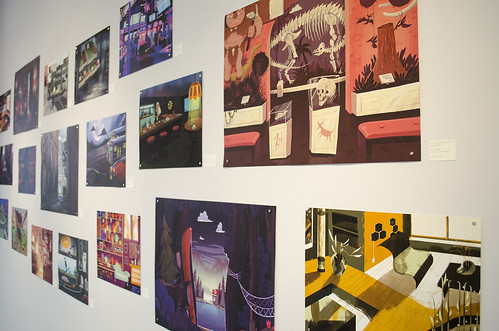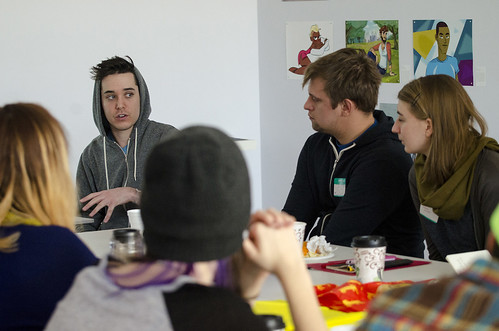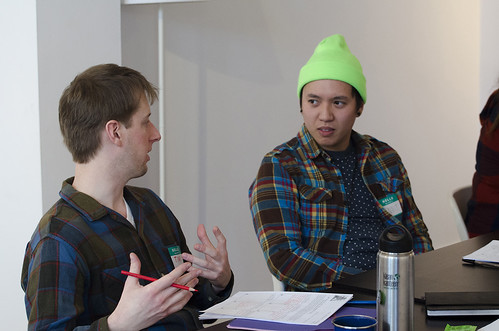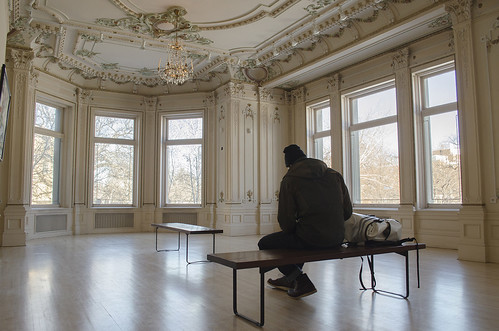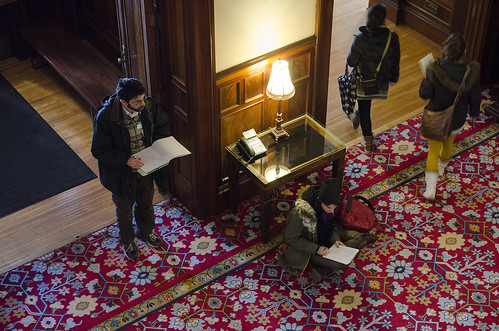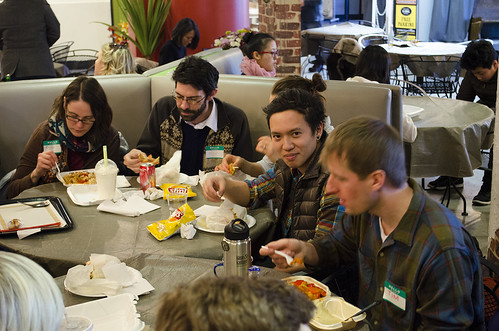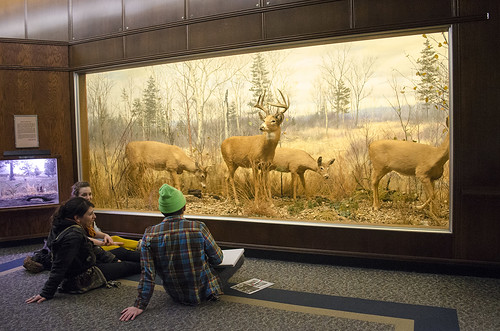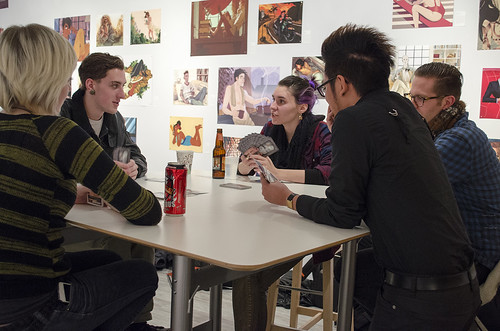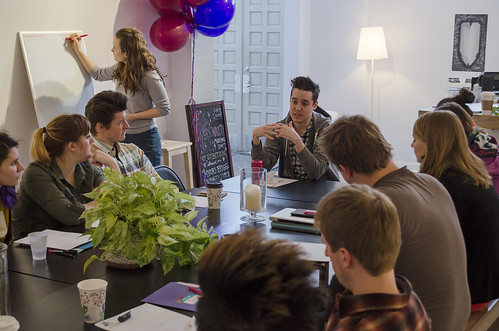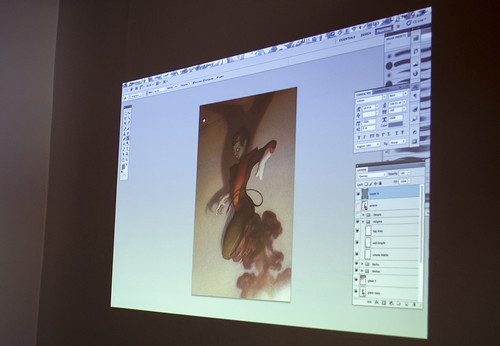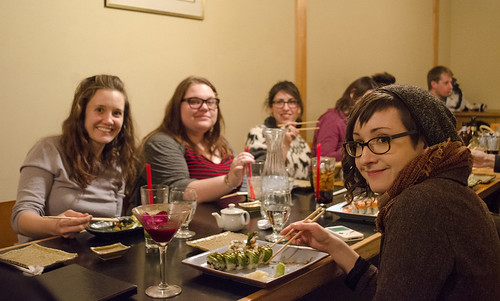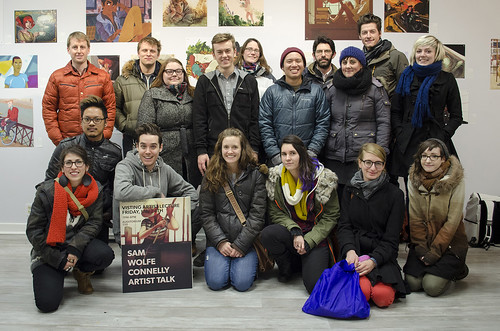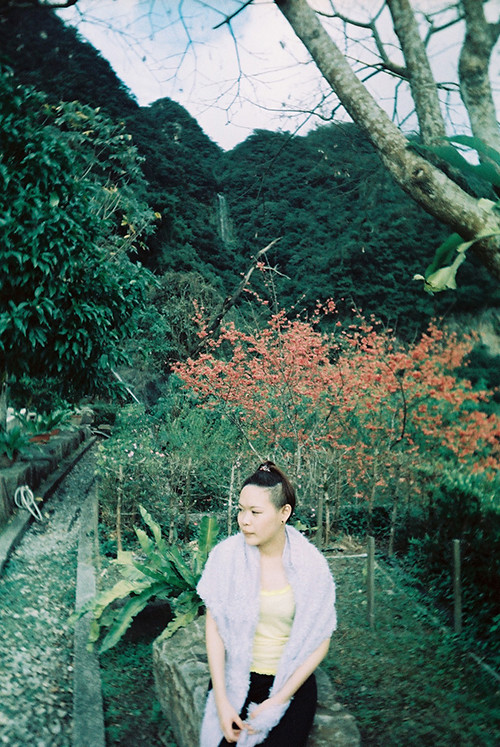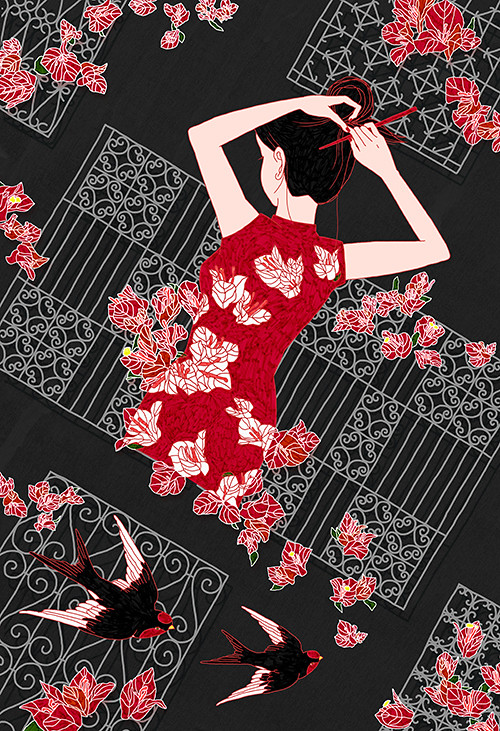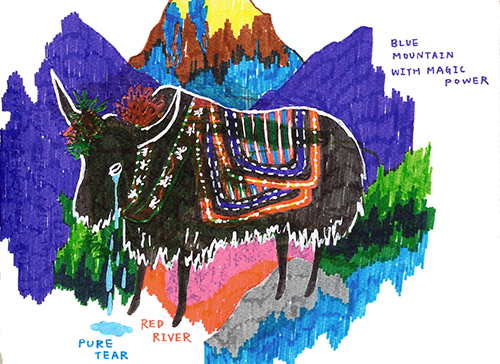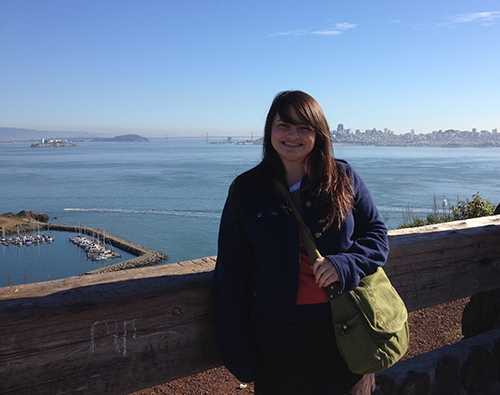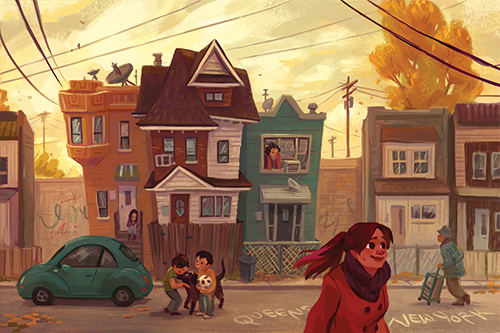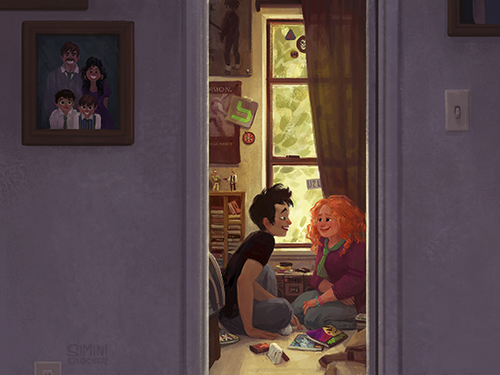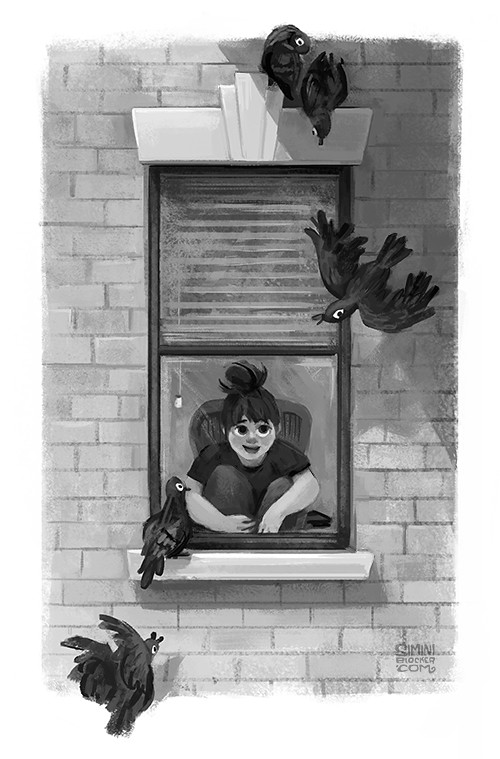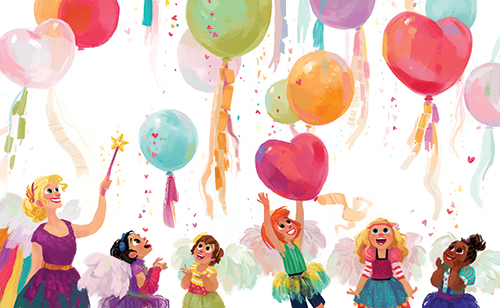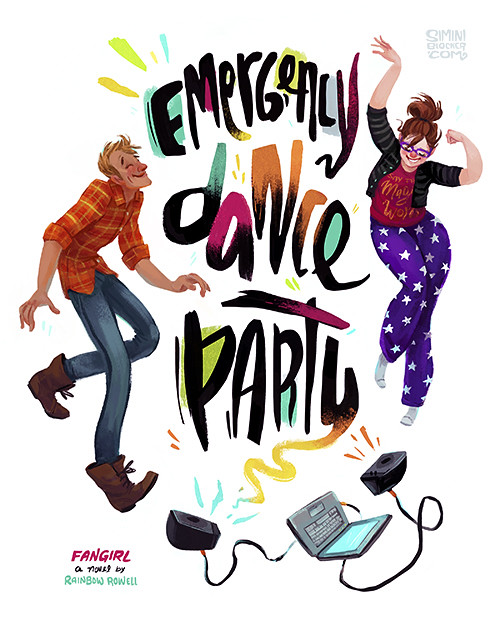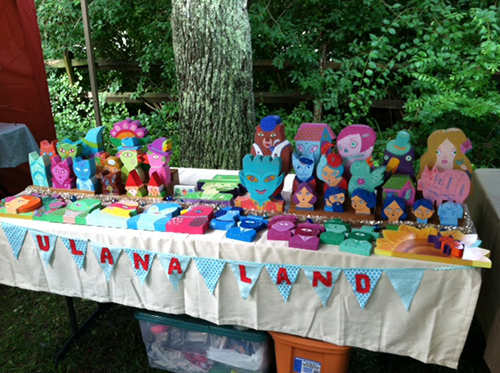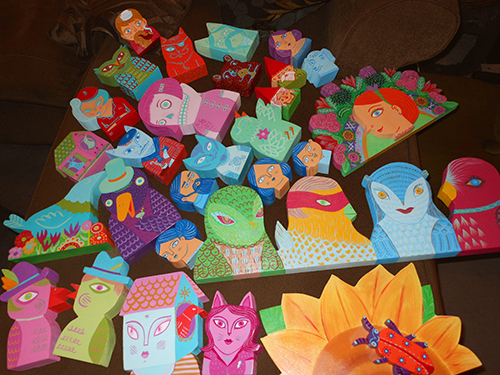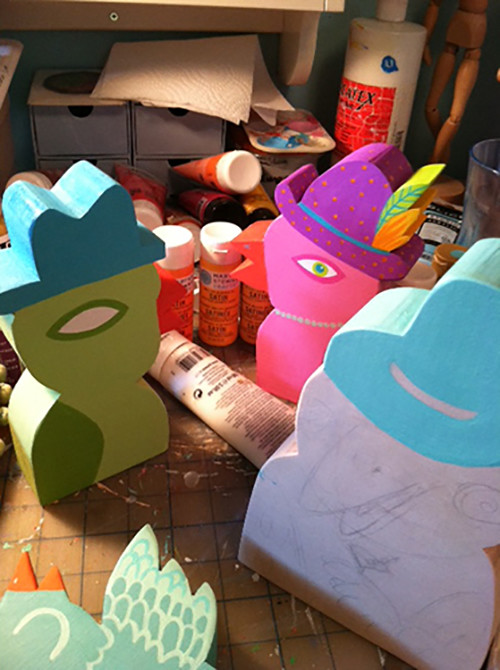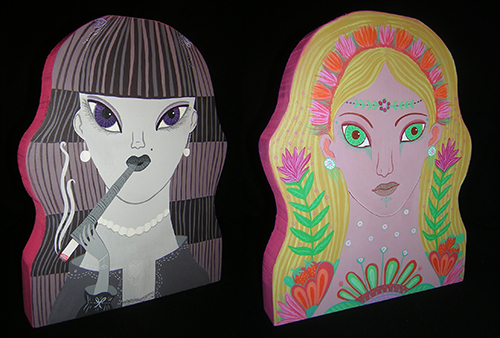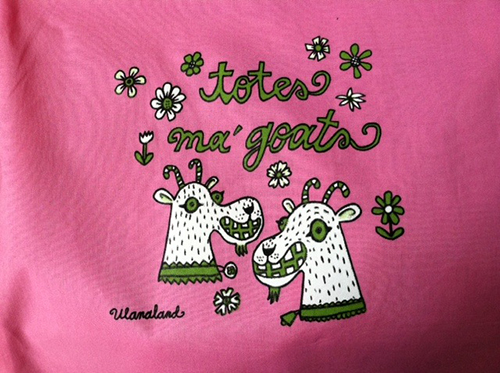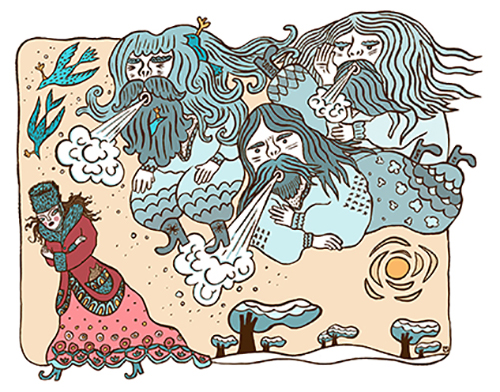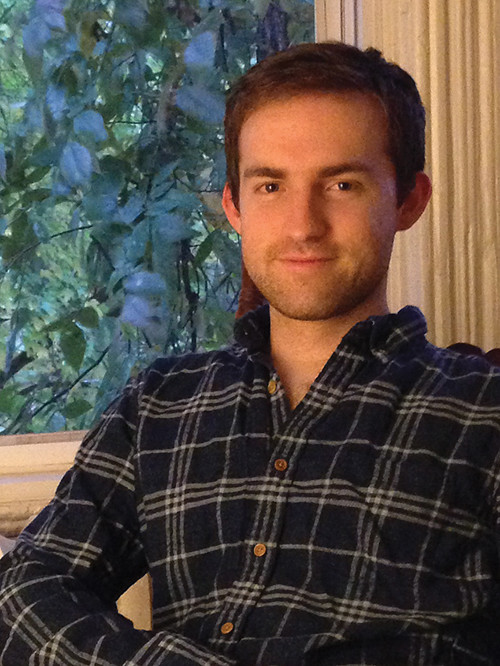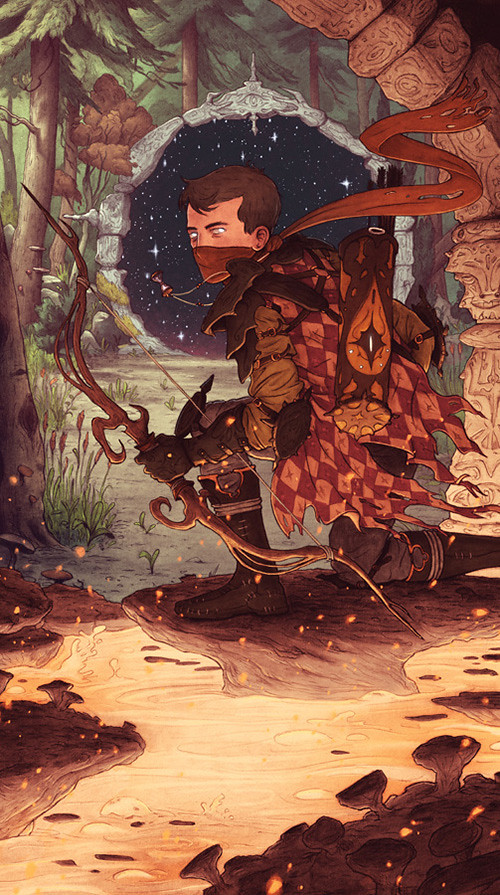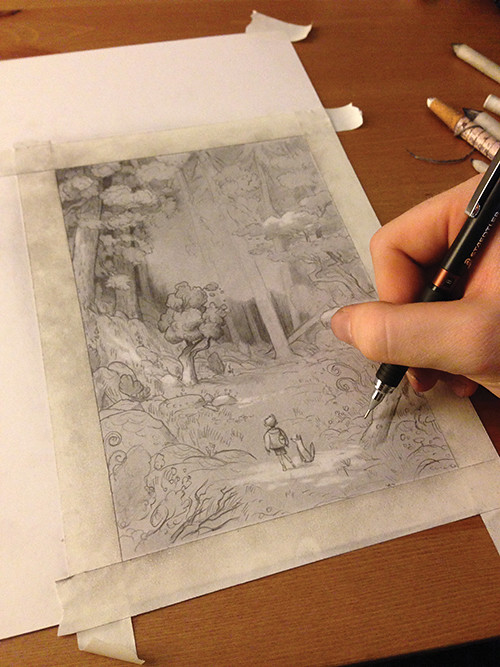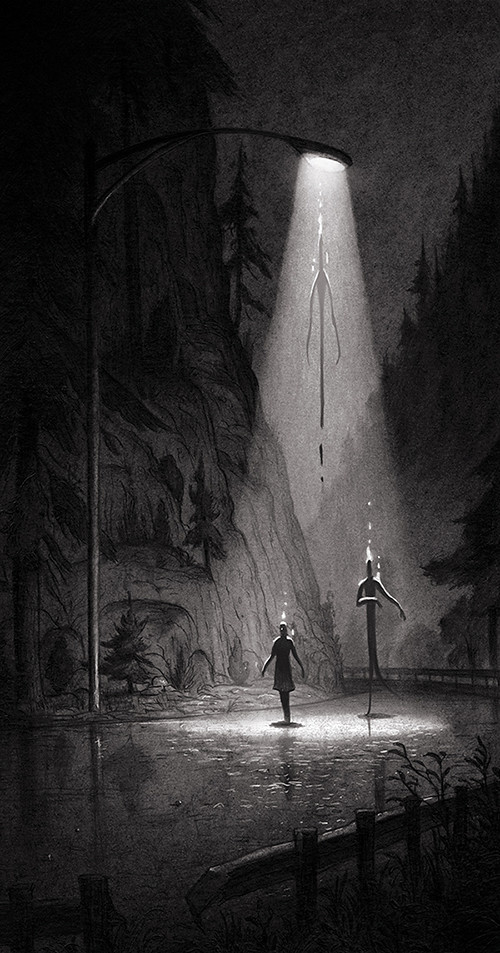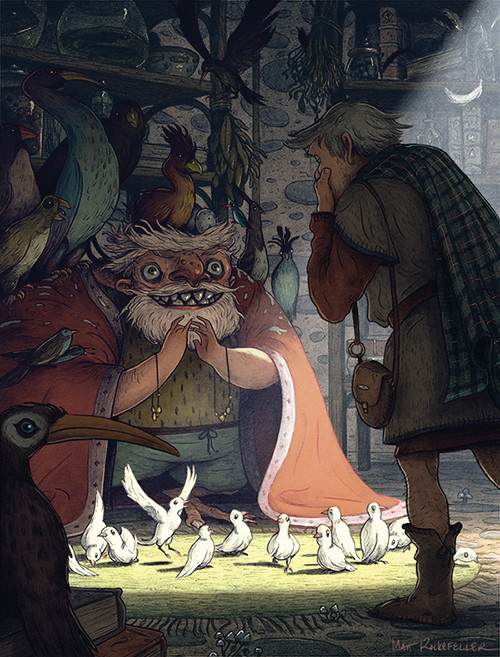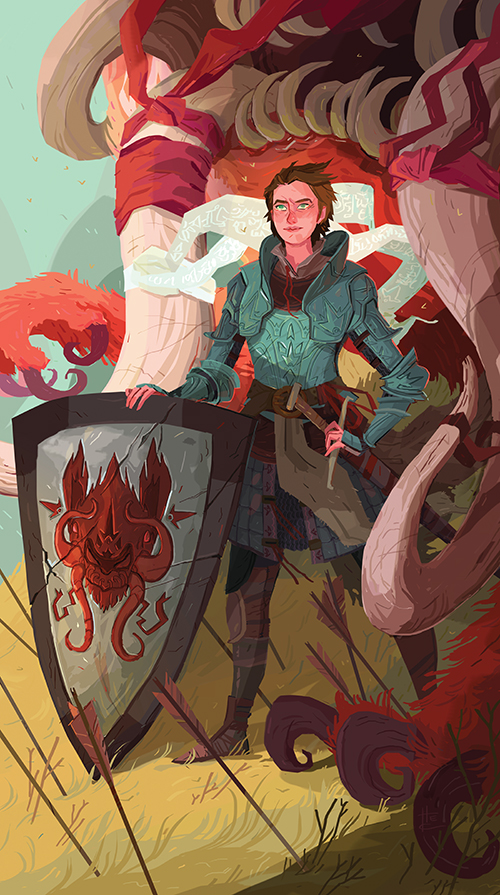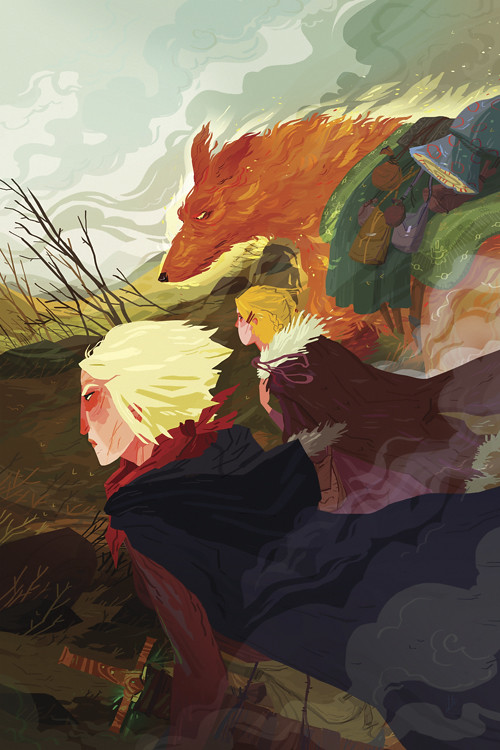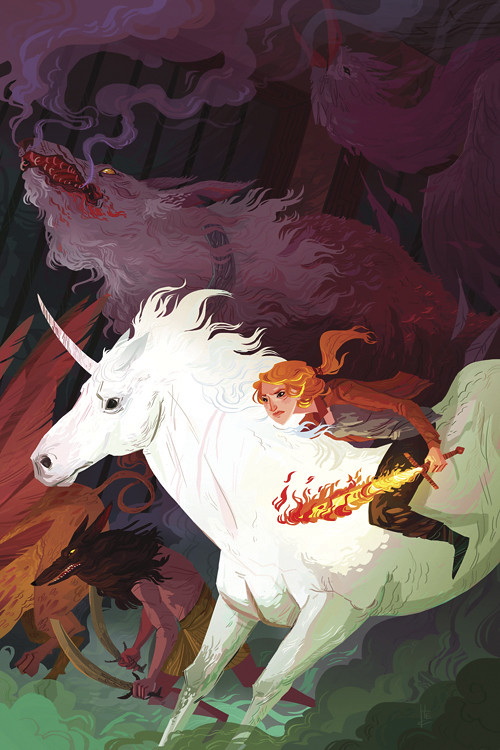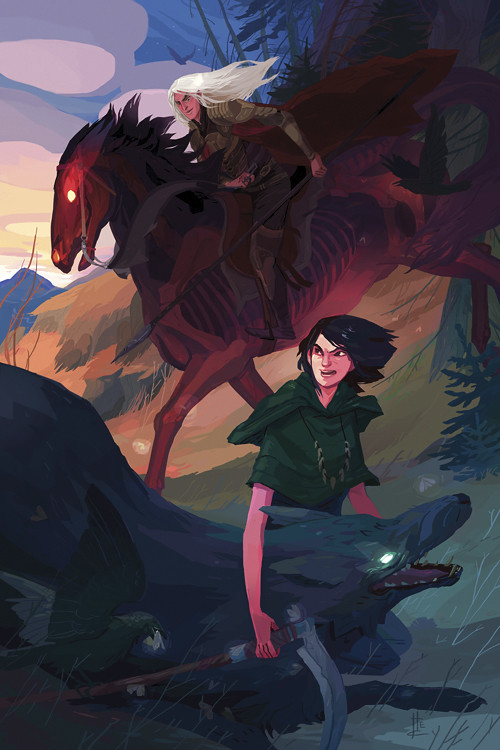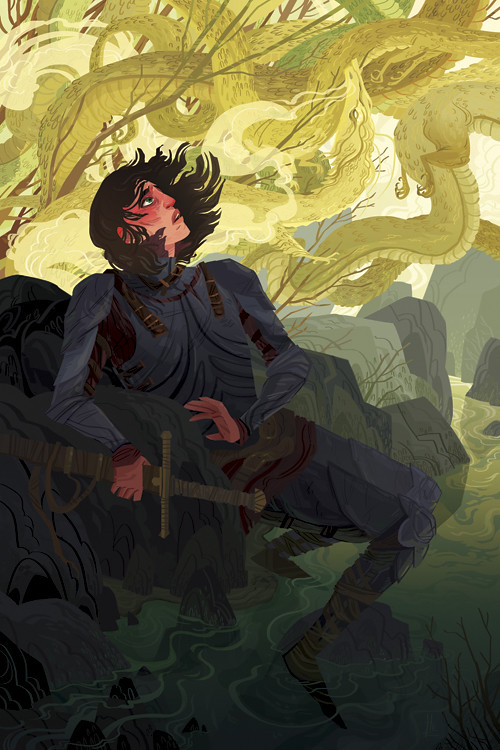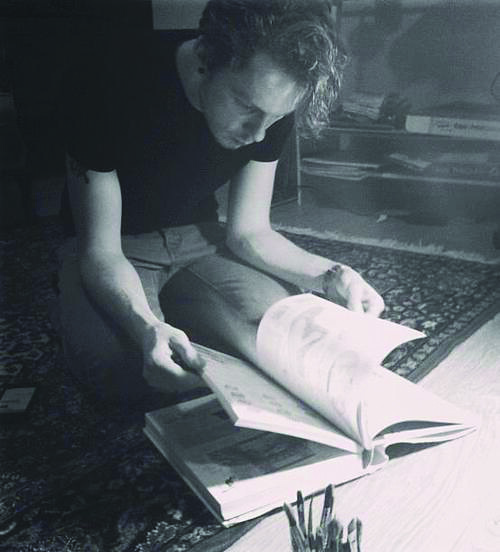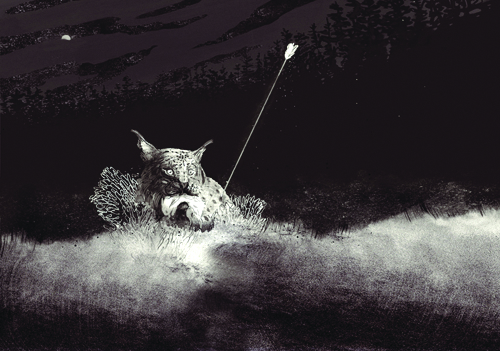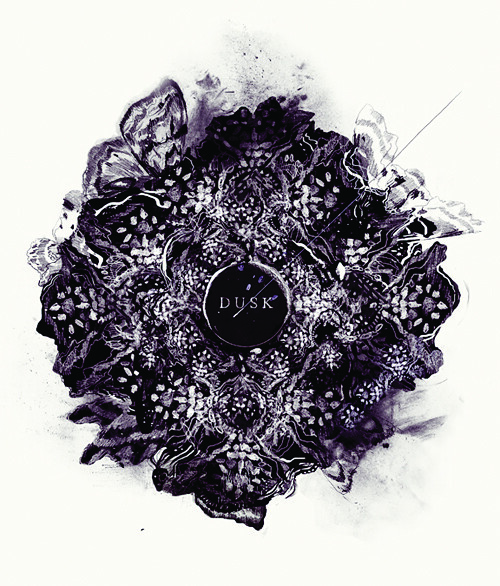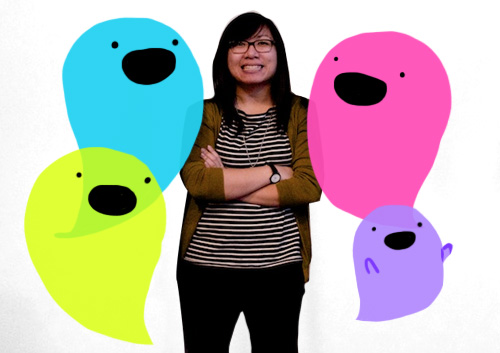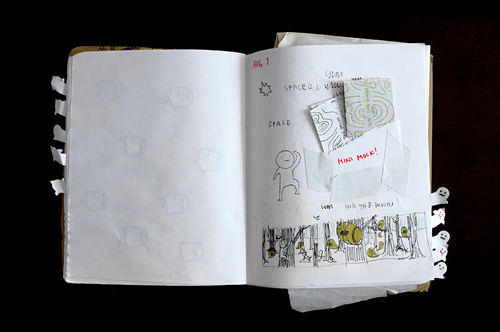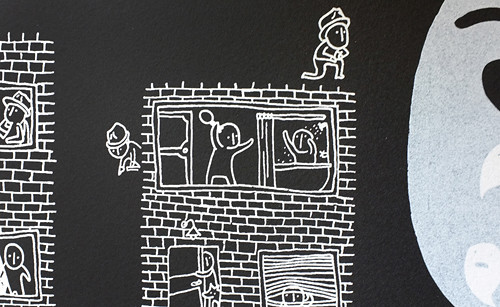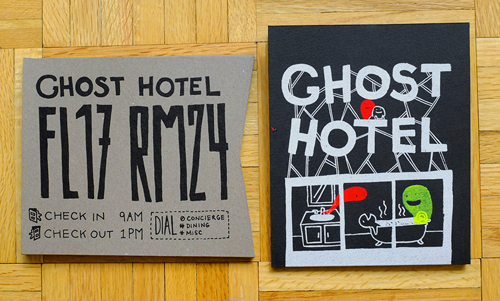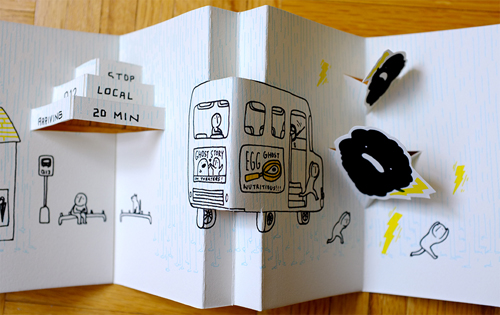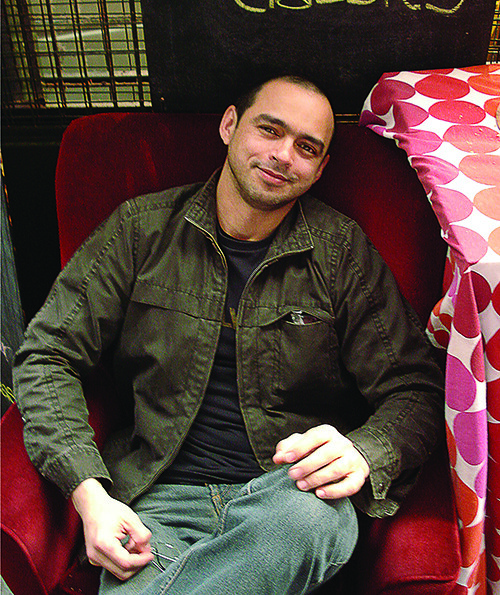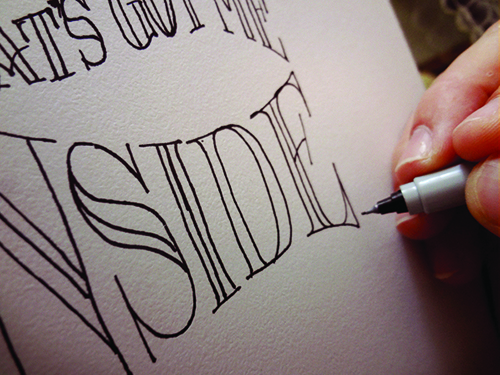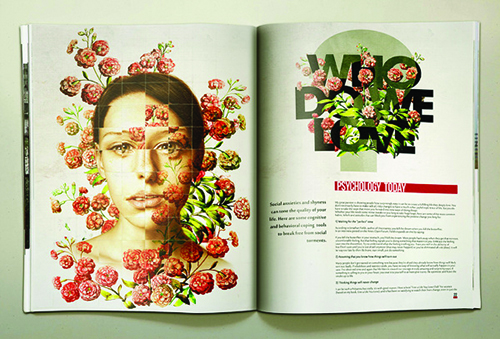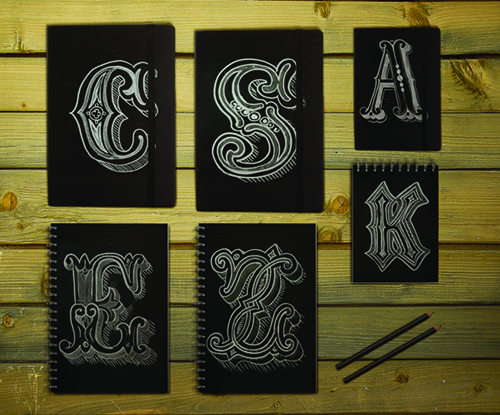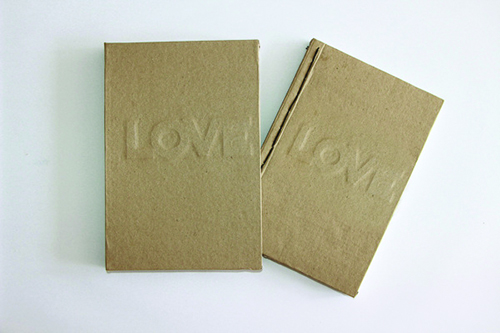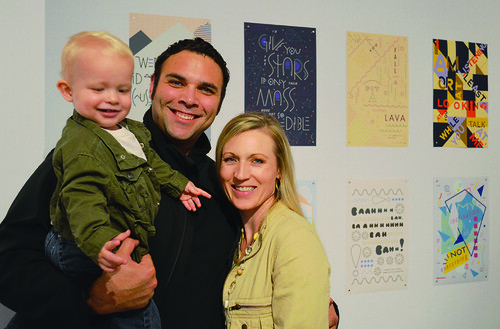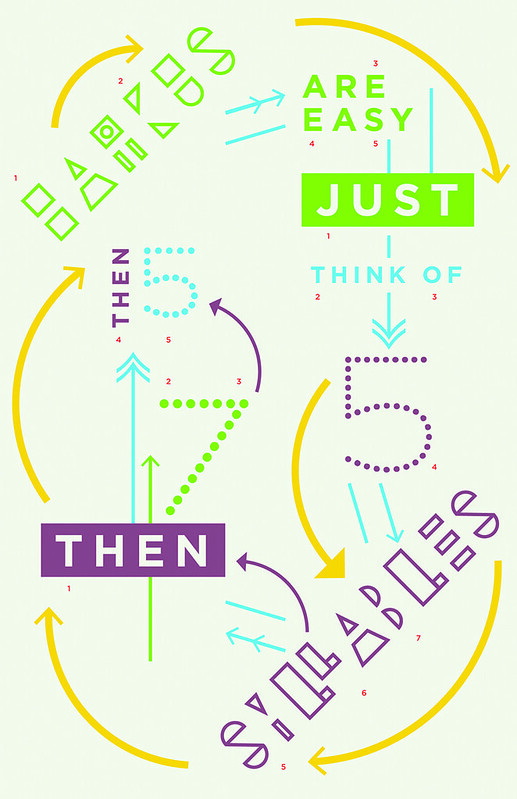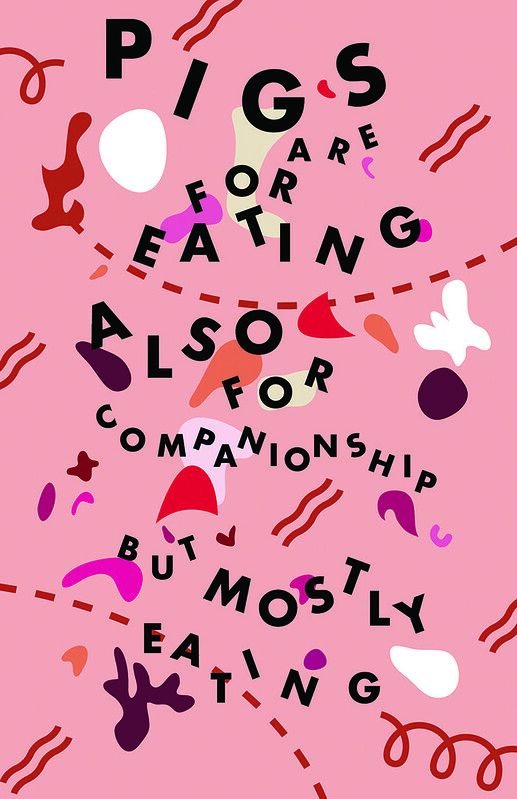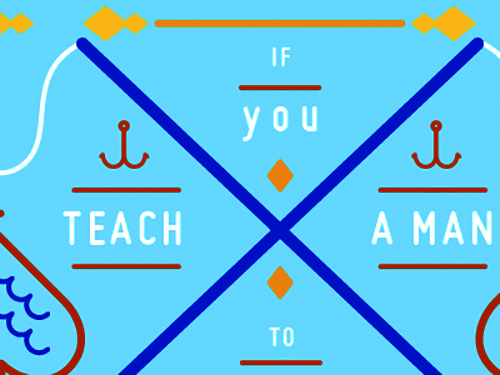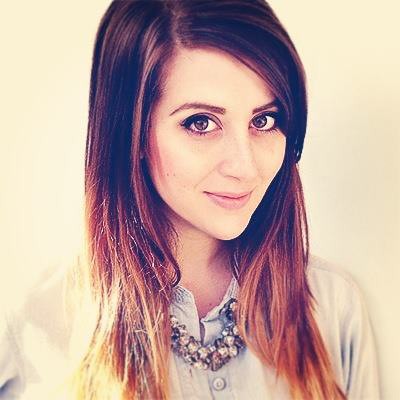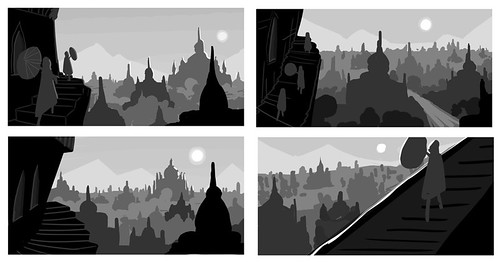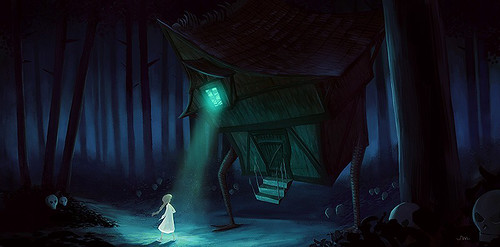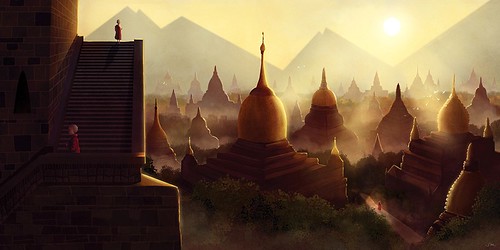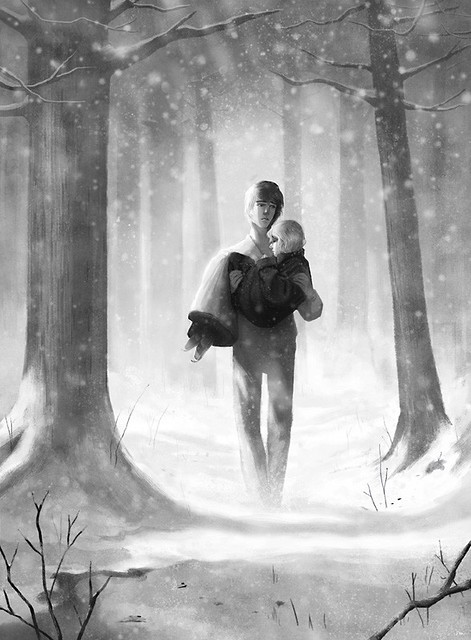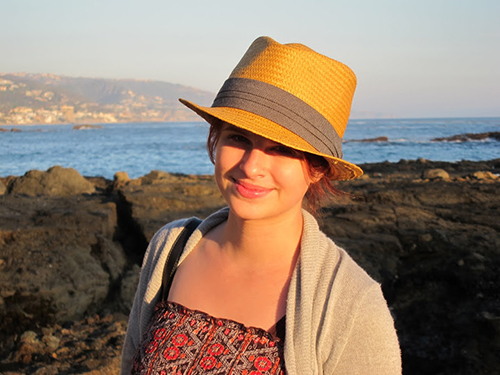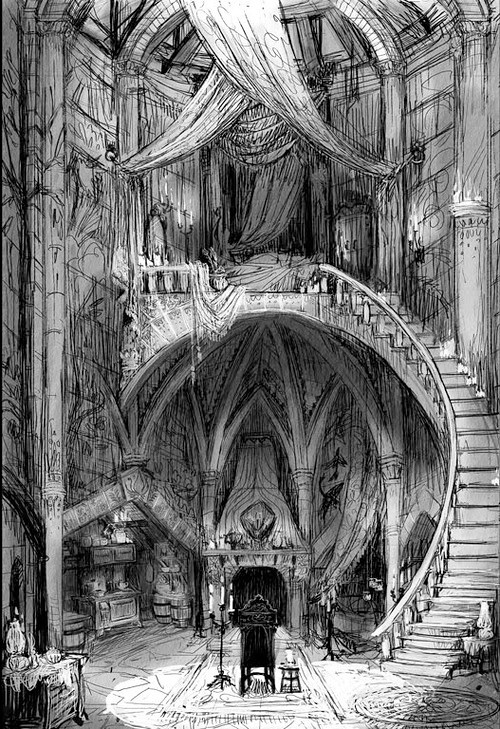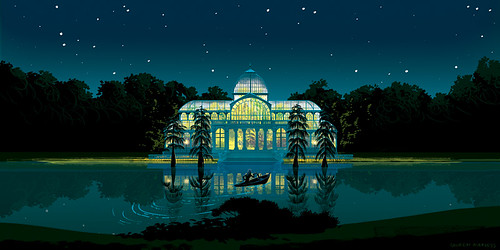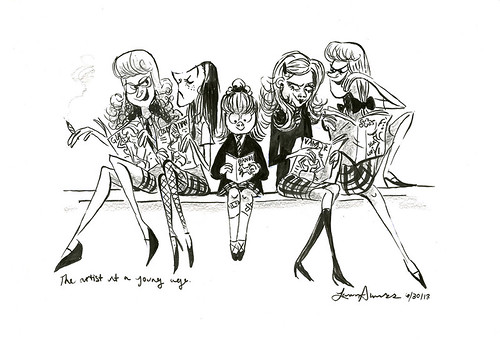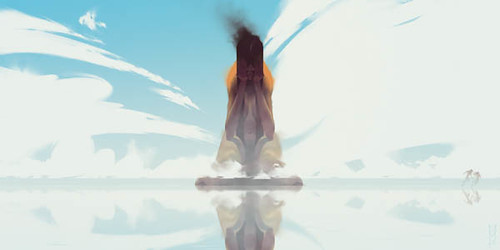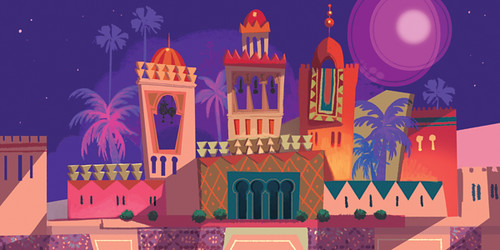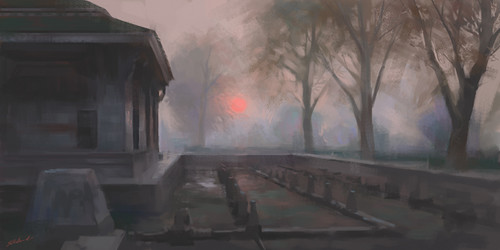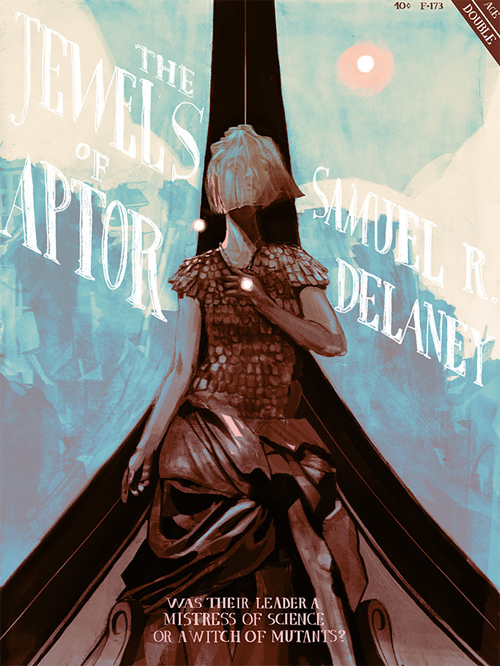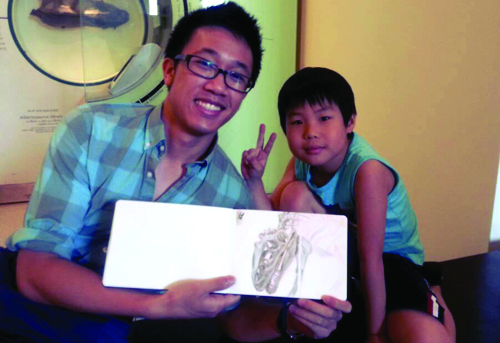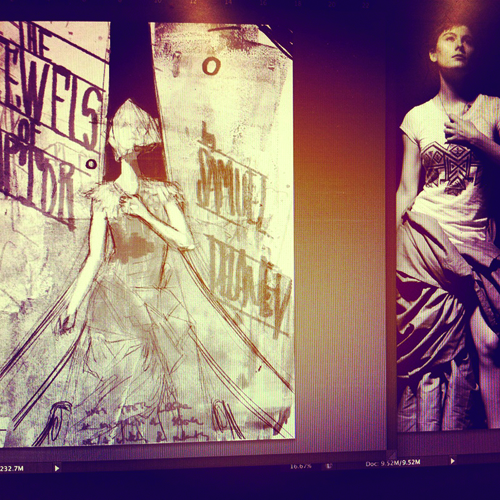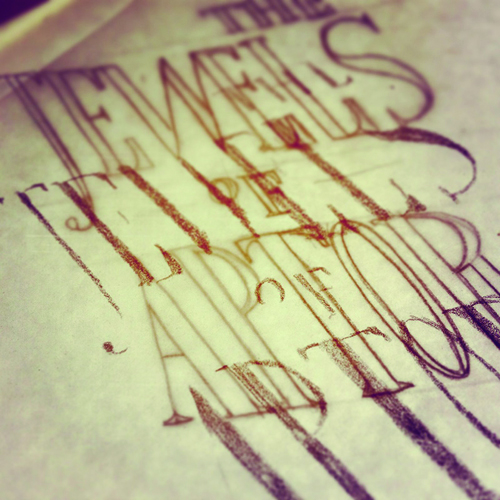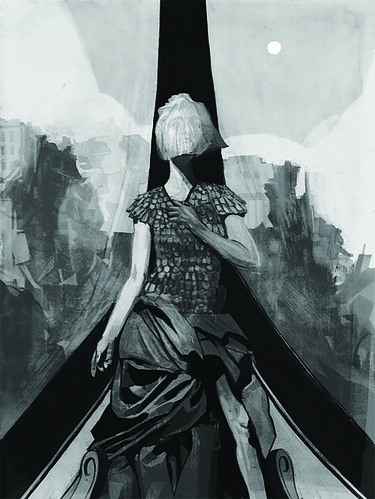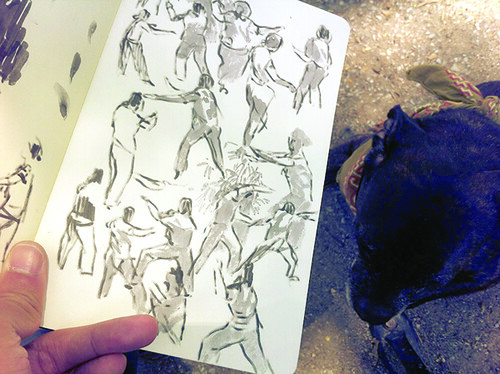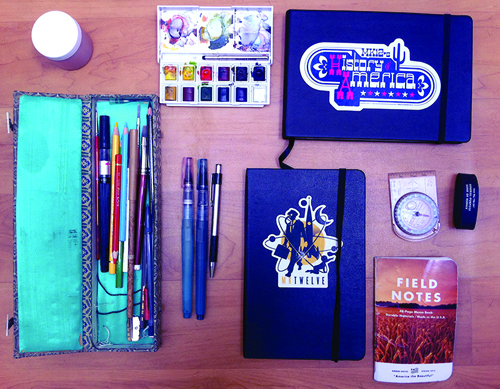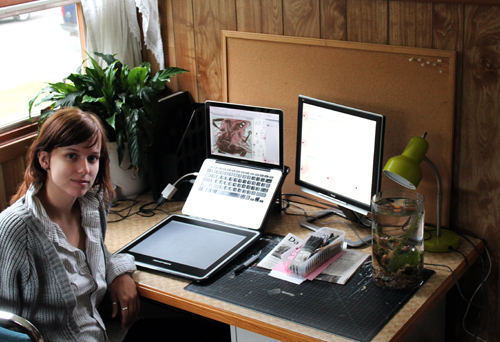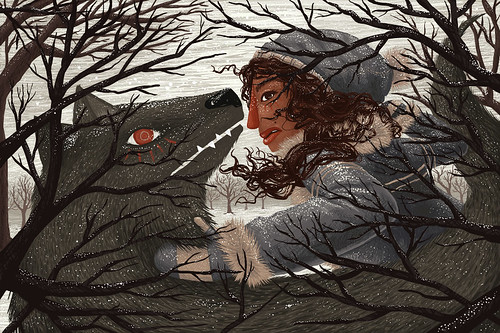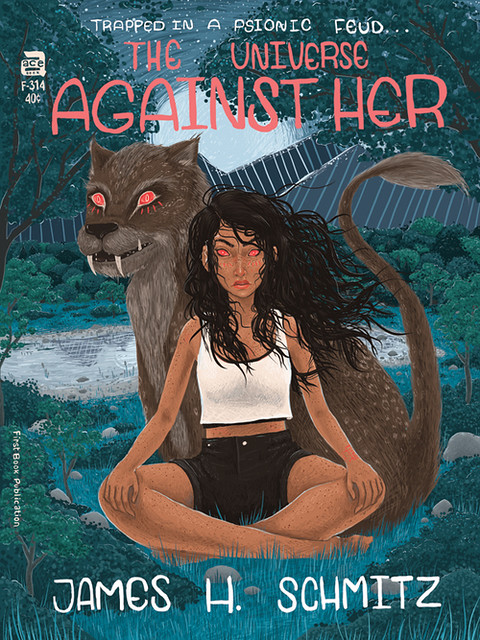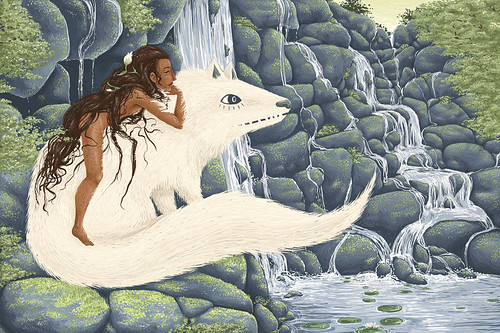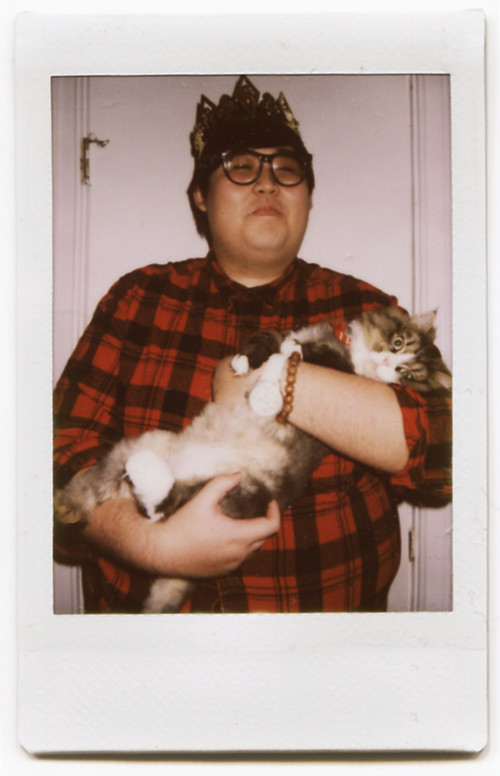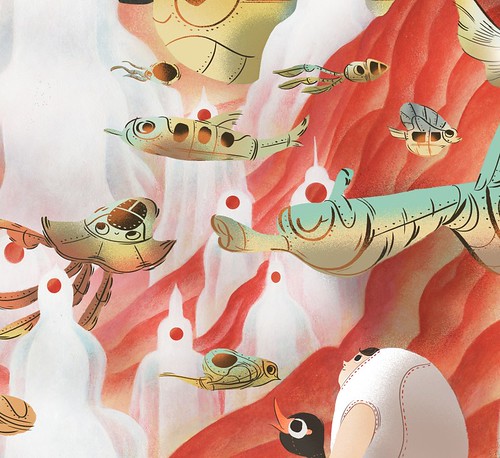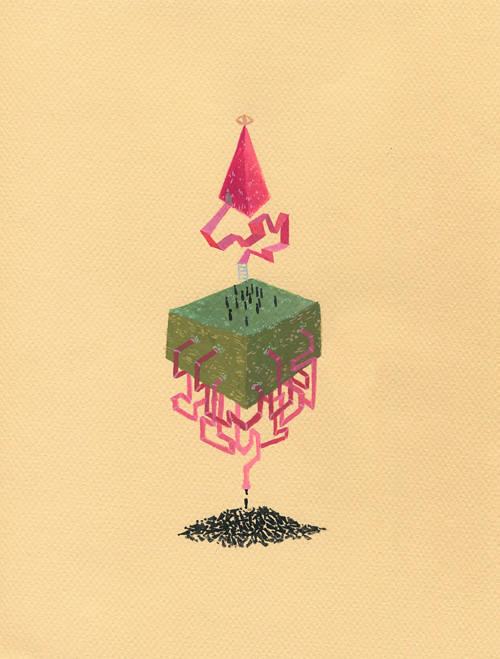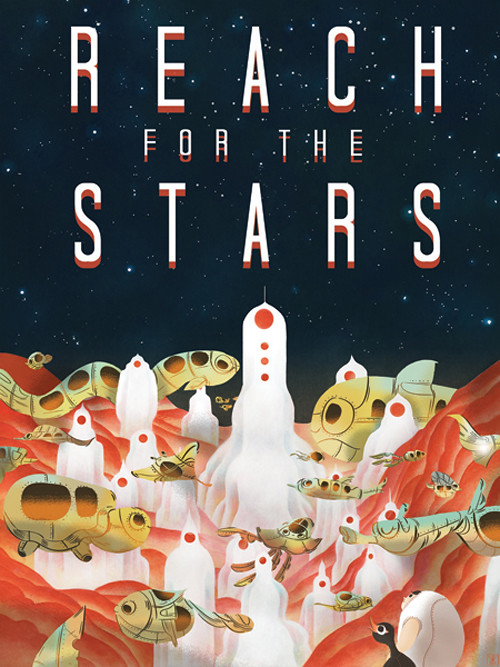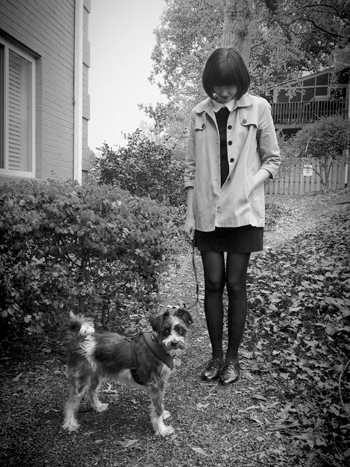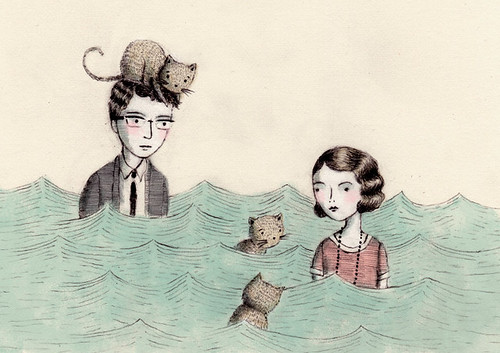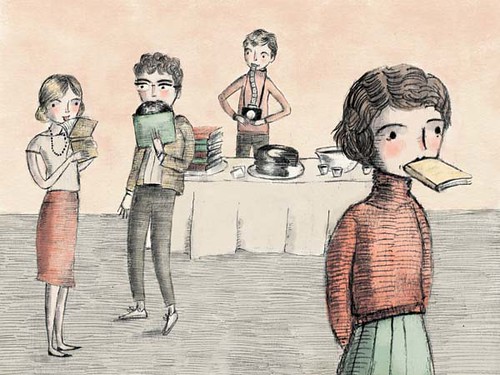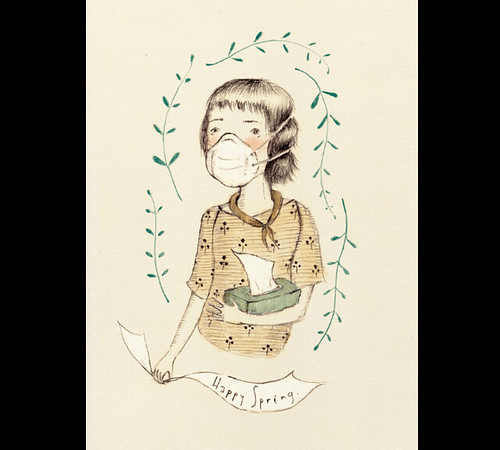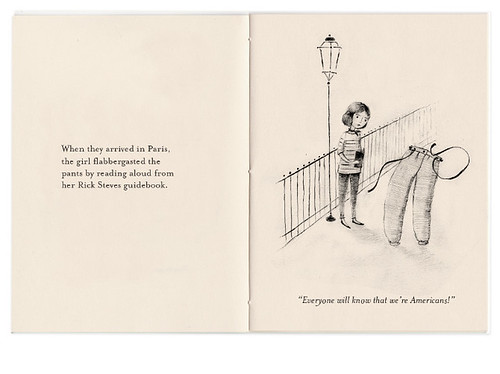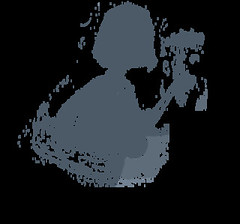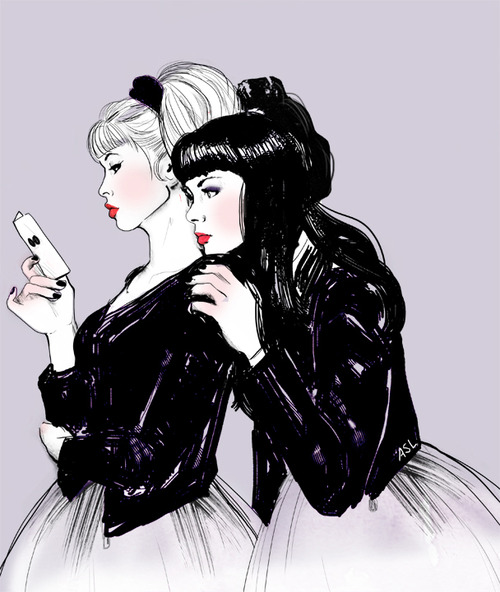 RSVP (Lavender)
RSVP (Lavender) Meet Amanda Lanzone. Amanda is an editorial and freelance illustrator, living and working in New York. Amanda is recognized for her attractive drawings, line quality, and intruging characters- creating narrative and concept-driven illustrations. As a freelance illustrator, Amanda has created many works for clients such as the New York Times, the New Yorker, Cosmopolitan, the City Pages, and Procter & Gamble among others.
We are honored to work with Amanda in the current Great Personality Exhibition and celebrate her as a person and outstanding illustrator. Through this interview, you can get to know Amanda, her process, background and inspirations, and her love for drawing!
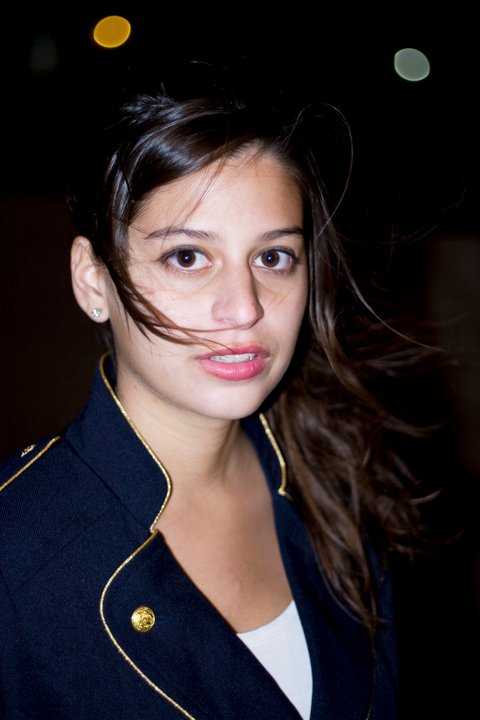
Could you tell us a little about yourself and your background?
I was born and raised in Queens, New York. I always loved drawing, and became very serious about it from a young age. From grade school through high school, I took art lessons in and out of school, including summer courses at Cooper Union in the city. I then got accepted to the School of Visual Arts, and graduated with a BFA, majoring in illustration. College was amazing, I learned so much there. I actually got my first editorial jobs while I was still at SVA, and won multiple awards for my work senior year. Those were defining moments, all the hard work was paying off, and things continued from there. . .Drawing is what I love to do, I draw all the time, even when it's not for work.
What is your studio practice and process like? Your materials, use of color, style, work habits?
I like to look at things, and research. I draw using pens and ink brushes to create various lines, and I like to use a generous amount of black. Making a solid black and white drawing is first. When I don't stop there, I tend to work with a somewhat limited palette, and color and edit in Photoshop. Sometimes, subtle textures like a watercolor wash or colored pencil is added.
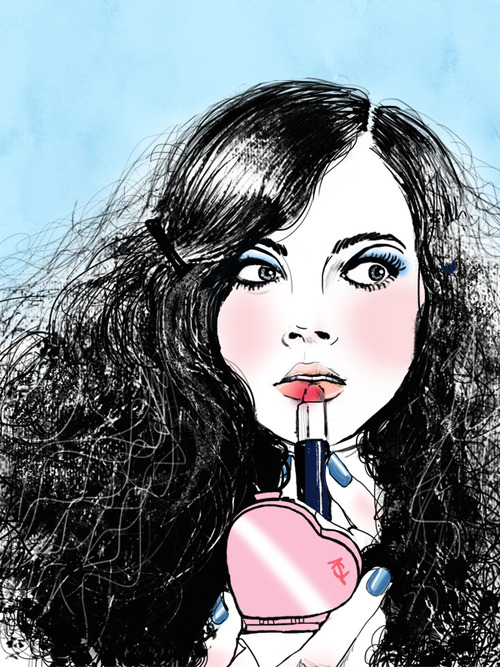 Shut Up (ver 2)
Shut Up (ver 2) For the Great Personality Exhibition you were asked to create a character based on a personality description. How did you approach this project, what elements and characteristics did you include?
I based a character on the personality type INTJ otherwise known as 'the Mastermind'. They may be the 'quiet type', but they have other qualities, such as being very logical and driven people. I created the expressions based on typical feelings or reactions to certain situations. To accompany the character's expressions, I created the physical appearance based on what kinds of features I personally find attractive. I tend to be drawn to the various 'lean, floppy-haired male' types.
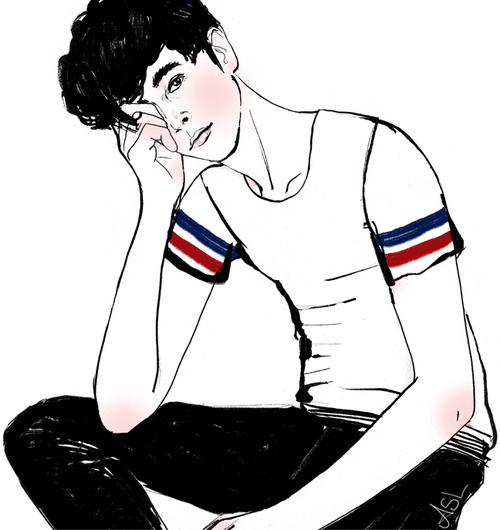 Shy Boy (Aaron) by Amanda Lanzone for the Great Personality Exhibition
Shy Boy (Aaron) by Amanda Lanzone for the Great Personality Exhibition You do a really lovely job of creating potent, beautifully composed and clean images. What is your ideating process like? How do you arrive at your final image?
Thank you very much for the kind words. I like to pull from life; inspiration can really strike from anything, even if it's just something as minor as seeing colors that look cool together or something. I like to make things fresh, visually and conceptually. I articulate each detail of the illustrations, and I use my point of view to my advantage. Then it all comes down to the drawing really.
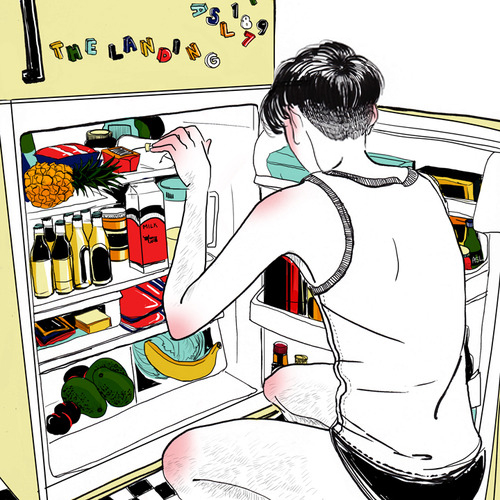 Hunger (The Landing)
Hunger (The Landing) Can you talk a little about the differences between freelance and personal work? Do the subjects and themes overlap? Inspire one another?
Since I do draw what I am partial to, I think this definitely happens. When a client presents me with an idea, interesting visual storytelling is most important so the point communicates. There are defiantly reoccurring themes, and I think do overlap at times, but I work to make each piece it's own.
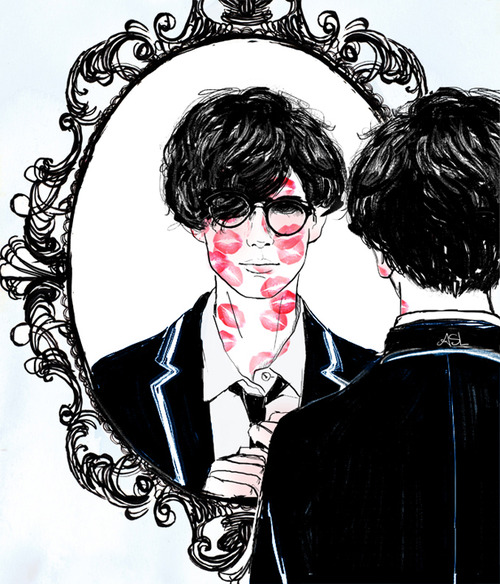 XO
XO You graduated from SVA a few years ago. What have been some of your strategy in kickstarting your career? Best advice? And thoughts on freelance? and aspirations?
My best advice would be to keep pushing. Keep practicing, keep learning, and keep trying. Getting used to freelance work was a bit intimidating, but I continue to put myself out there. When you are passionate about what you do, it's worth all the effort. It's very rewarding, and things are continuing to progress.
Can you talk about your creative community? Do you often collaborate and work alongside other illustrators and designers?
There have been times friends and I would give each other assignments and we would create an illustrations based on those themes, which was fun. I know a lot of creative people, but we all tend to work on our own things. Everyone I know has always been super supportive, and I am very fortunate to have that.
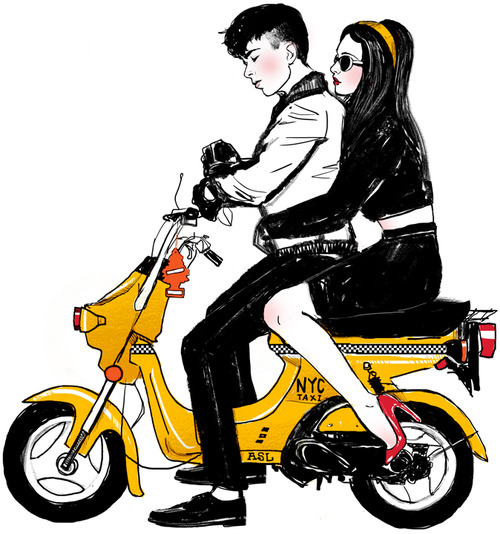 Cab
Cab Thanks Amanda!
You can check out some of Amanda's upcoming projects, all of her illustrations and process on here website here! You can also see her work for the Great Personality Exhibition on the Light Grey website, and check out all of the archival prints on the Light Grey Shop here.



